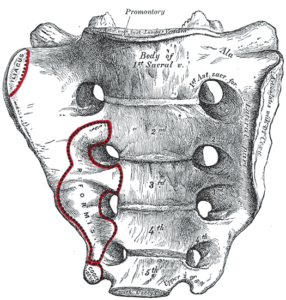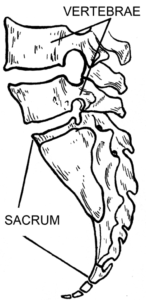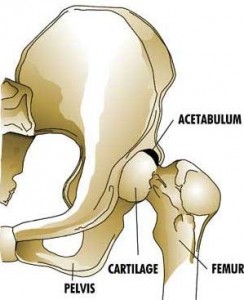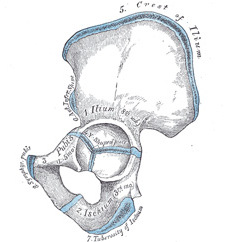Your Hip: The Innominate Bone
The hip bone is also called innominate or nameless bone.
I have always loved the sound of that, and I assume that they are nameless either because each hip bone is actually three bones.
Or because being a bone unlike any other, it defies classification.
The adult pelvis is four bones, two hips, the sacrum, and the coccyx.
In the womb and at delivery these four bones are anywhere from fourteen to sixteen in number.
They are separated at birth to allow for a baby’s passage through the birth canal. What will become the hip bone are three bones—ilium, ischium, and pubis—which will fuse together over time.
The Ilium, ischium, and pubis are connected through cartilage and slowly become one bone.
The ischium and pubis fuse first followed by the ilium and the three bones fully ossify somewhere between eighteen and twenty-three years of age.
The ilium, the top and sides of the hip, and the holder of the sacrum are the largest of the three bones.


The sacrum lies between the two insides of the hip bones forming the sacroiliac, or SI, joint.
The ischium is the bottom and strongest part of the bone, its base being the all-important ischial tuberosity where the hamstrings, one inner thigh, and the sacrotuberous ligament attach.
The pubic bones, which connect the front of the pelvis, also anchor the five inner thigh muscles.
The leg bone angles out from the knee and has a neck that turns in towards the pelvis with a ball on the end that sits into the cup in the hip called the acetabulum.
As you can see in the pictures above, the puzzle pieces that make up the hip meet in the center of the acetabulum.
The alignment and stability of the pelvis determine much of the quality of our functional life.
If we provide intelligent support by way of body mechanics, and exercise, we can set our bodies up to work efficiently for a long time.
***


